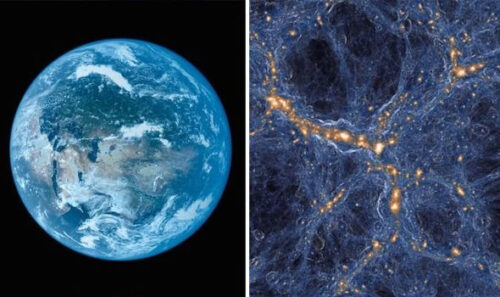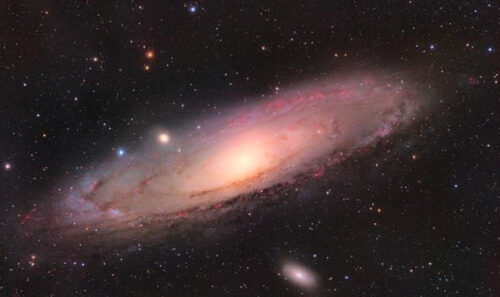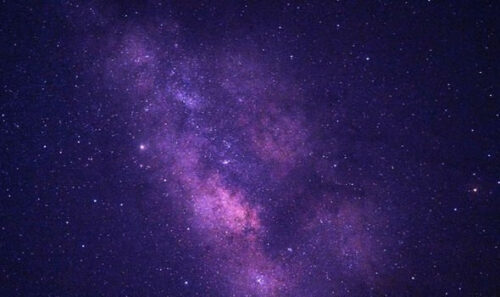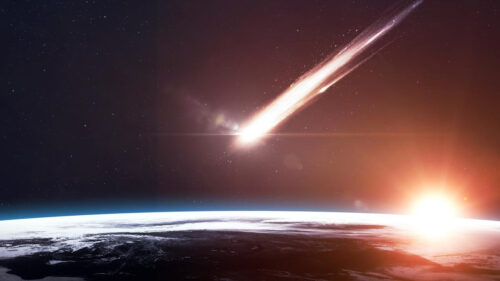
A groundbreaking discovery has captivated astronomers as they unearthed an enigmatic interstellar cloud that dates back to the dawn of time.
The awe-inspiring find was made by scientists at the W.M. Keck Observatory atop Hawaii’s dormant Mauna Kea volcano.
Fred Robert and Professor Michael Murphy from Swinburne University of Technology led the study, which promises to unlock profound insights into the composition of the early universe.
This ancient relic, labeled LLS1723, presents a pristine composition, untouched by heavy elements from exploding stars.
It provides a rare glimpse into the universe’s earliest moments, offering invaluable clues about its formation.
A Time Capsule of the Early Universe
According to Fred Robert, the lead author of the study, the persistence of a singular gassy cloud like LLS1723 for such an extended period raises intriguing possibilities.
He suggests it may serve as a time capsule, preserving the universe’s early minutes.

The gas found throughout the universe is typically tainted by heavy elements expelled from dying stars, but this cloud remains unspoiled even 1.5 billion years after the Big Bang.
This extraordinary preservation challenges our understanding of cosmic evolution.
Pristine Hydrogen: The Essence of Creation
LLS1723 stands out due to its unique composition, devoid of elements heavier than hydrogen.
Hydrogen, the primordial atom, emerged during the universe’s birth in the hot and dense conditions of the early moments.
In contrast, all other elements on the periodic table are products of fusion reactions inside stars, dispersed into space through supernovae explosions.
This particular region of cosmic gas represents a time before ancient hydrogen and helium atoms fused, leading to the formation of the first stars and the subsequent emergence of other elements.
Unlocking the Secrets: The Quest for Fossil Relics
The discovery of LLS1723 opens up new possibilities for astronomers to survey and search for additional fossil relics of the Big Bang.

Professor Michele Fumagalli of Durham University and Johp O’Meara have previously detected two such relic clouds and hypothesize that many more may lie undetected in the cold interstellar medium.
By studying these rare remnants, scientists hope to gain a better understanding of the formation of stars and galaxies in the early universe.
Shedding Light on Cosmic Evolution
The existence of these ancient interstellar clouds provides a unique opportunity to investigate the rarity of such relics and comprehend why some regions gave rise to stars and galaxies while others did not.
Scientists anticipate that further exploration and analysis of these enigmatic clouds will shed light on the complex processes that shaped the early universe.
The discovery of the interstellar ‘fossil’ LLS1723 represents a significant milestone in our quest to unravel the mysteries of the early universe.
This remarkable find, unblemished by heavy elements, offers valuable insights into the composition and evolution of cosmic gas before the birth of stars.
It challenges existing theories and presents scientists with a rare opportunity to survey for additional relics from the Big Bang.

As researchers continue to explore these pristine remnants, we move closer to understanding the fundamental processes that led to the formation of galaxies and the creation of the elements we see today.
These enigmatic interstellar clouds serve as bridges connecting us to the past, allowing us to glimpse the universe in its earliest stages and deepen our knowledge of the cosmos.
